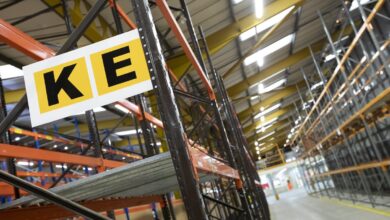Asphalt Seal Coating To Seal The Roads Longer!

What could be the most frequently used public asset? Parks? Malls? No, streets and roads probably? Yes, the least expected and usually neglected streets are the most trodden and used entities. We seldom care for them unless there is a puddle or pothole. Then who is responsible for their maintenance? The question directs to who owns them. We generally see the state or the municipal authorities laying roads and flyovers. But are all of the public property? No! communities and societies housing roads inside their compound are their owners and should take responsibility for the maintenance. Why and how are these chores done isn’t a common discussion, which happens to be the highlight of this article.
Private Roads
Construction of streets needs rigid and durable material to withstand harsh weather conditions and heavy vehicular tramping. Asphalt is the material acting superhero for the cause. Little do homeowner’s associations and commercial society builders know, but there are many advantages in asphalt paving and usage.
- Compared to concrete or cement pavers, asphalt provides waterproof durability and smooth surface finishing.
- While laying roads, the prior debris are chipped and cleaned off. The surface is properly graded and sloped for drainage and avoiding water retention.
- Foundation in laying proper sub-base protects from winter freezing and frosting effect.
- The final surface is laid with an asphalt mixture containing sand and oil. It gives a shiny texture after curation.
- Final roll pressing to remove the cracks and bumps finish the process for durable and rigid roads.
More advanced methods use asphalt sealcoating as a protective layer on the top.
Implementing Protective Seal
Applying a layer protects from wearing off and infiltration. Sealcoating helps with:
- Water seeping prevention saving the under-bed damage. Oxidation and damage to the material are reduced.
- Cracks and seams repaired without patchy joints.
- Friction is regulated, and skidding is prevented.
- Provides easy cleaning and maintenance for longer, saving both; cost and time.
Over time exposure to raw roads is prone to weathering and deterioration. While laying new roads or during the maintenance process, a seal coating can protect the surface from water and chemicals penetration.
The roads are left for 6 to 12 months for curation and drying before being coated. After proper wash and clean, it is applied using sprays, hand brushes or squeeze machines. Generally, two evenly spread coats are preferred.
The asphalt roads and seal coating are coat effective and long-running but not immune to damage completely. They still require periodic assessment and monitoring for early damage detection to avoid heavy loss.





